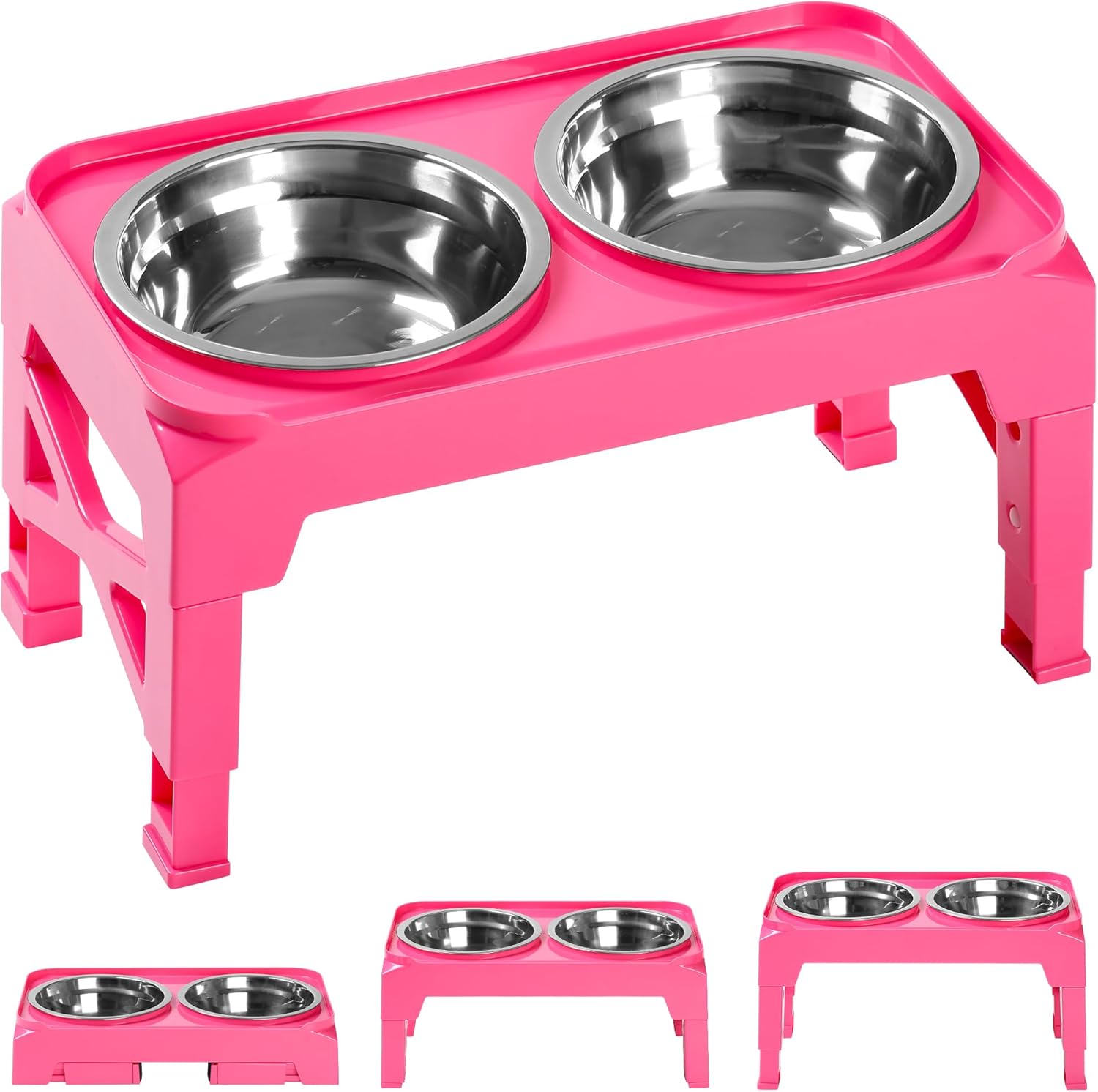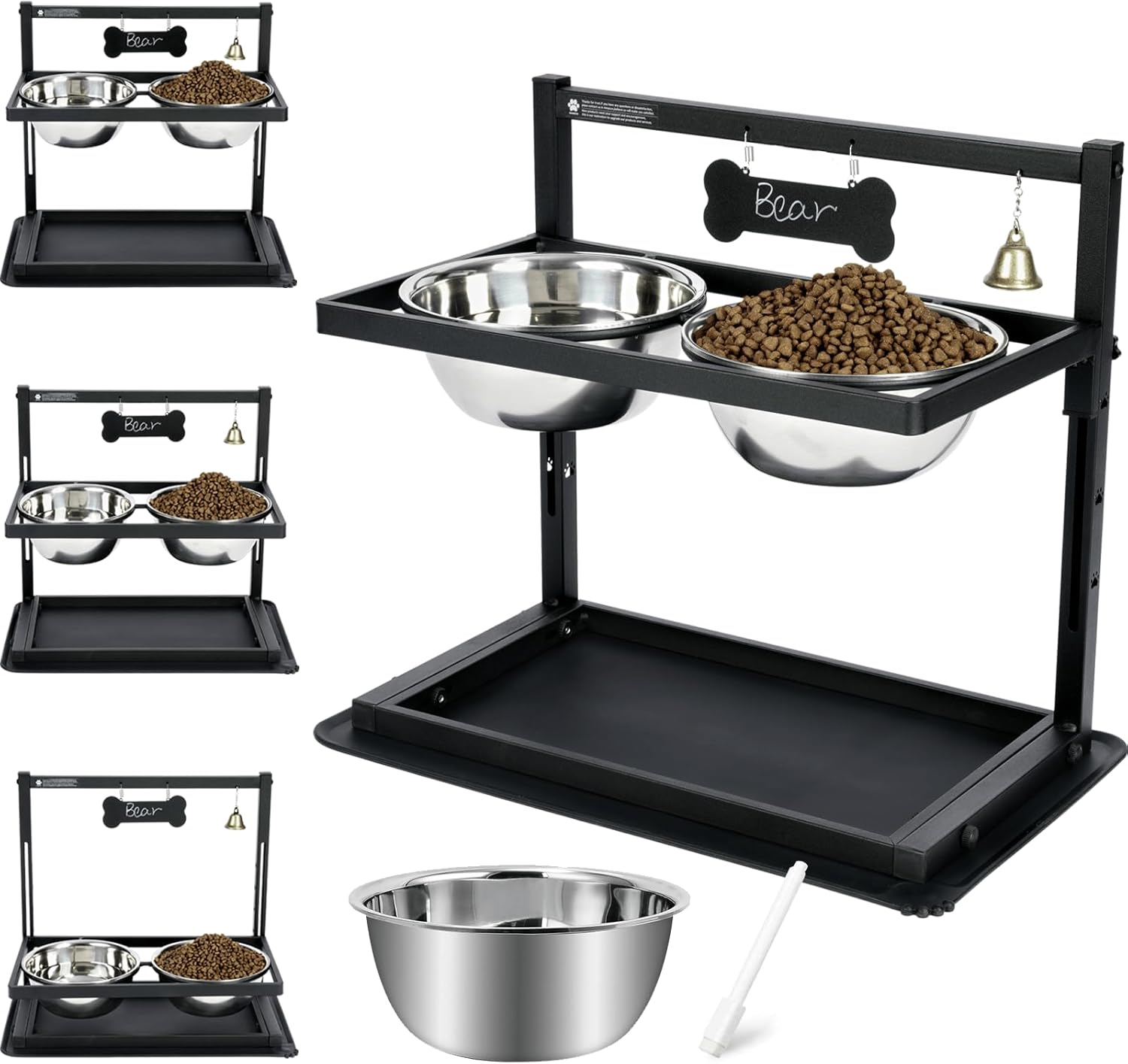How to Keep Your Dog’s Grooming Area Clean and Hygienic
Introduction
A clean and hygienic grooming area is essential not only for your dog’s health but also for their overall grooming experience. Maintaining a sanitized environment helps prevent infections, skin irritations, and the spread of parasites like fleas and ticks. Whether you groom your dog at home or take them to a professional groomer, ensuring that the grooming space is spotless will contribute to the safety, comfort, and well-being of your pet. Here are some tips on how to keep your dog’s grooming area clean and hygienic.
Why a Clean Grooming Area Is Important
A dirty grooming area can lead to a host of issues:
- Bacteria and Infections: Dirty tools, surfaces, and floors can harbor harmful bacteria that may infect your dog’s skin.
- Fleas and Ticks: Fleas and ticks can be brought into the grooming area from the outdoors or your dog’s coat, and an unclean space can make it easy for these pests to spread.
- Odor and Allergies: Accumulated hair, dirt, and grooming products can contribute to unpleasant odors and trigger allergies in both dogs and humans.
- Discomfort: An unclean grooming space can make your dog feel uneasy and stressed, leading to a less pleasant grooming experience.
1. Clean the Floor Regularly
The floor is the most important area to clean because it collects hair, dirt, and germs. To keep the grooming space hygienic, regularly clean and disinfect the floor.
How to Clean the Floor:
- Vacuum or Sweep: Start by vacuuming or sweeping the floor to remove any loose dog hair, dirt, and debris. Be sure to clean corners and hard-to-reach spots where hair may accumulate.
- Disinfect: Use a pet-safe disinfectant to wipe down the floor. Avoid using harsh chemicals that could irritate your dog’s skin or harm their health. Make sure to choose a disinfectant that’s safe for animals.
- Wash Mats or Rugs: If you use any mats or rugs in the grooming area, wash them regularly in hot water to remove hair, dirt, and any potential bacteria.
Tip: Consider using disposable floor liners or dog-specific grooming mats that are easy to wipe down after each session.
2. Clean and Sanitize Grooming Tools
Grooming tools such as brushes, combs, clippers, and scissors come in direct contact with your dog’s skin and coat, making it essential to keep them clean and free of germs.
How to Clean Grooming Tools:
- Brushes and Combs: Remove any hair from the bristles using your fingers or a comb cleaner. Wash the tools with warm soapy water, rinse well, and let them dry completely.
- Clippers and Scissors: After each use, wipe clippers and scissors with a clean, dry cloth to remove hair and debris. For thorough cleaning, follow the manufacturer’s instructions and use a cleaning solution designed for grooming tools.
- Disinfection: Sanitize grooming tools with a pet-safe disinfectant or rubbing alcohol to kill bacteria, viruses, and fungi. Allow tools to air dry completely after disinfecting.
Tip: If you’re using clippers, oil the blades regularly to prevent rust and keep them functioning properly.
3. Maintain Clean Towels and Blankets
Towels and blankets are essential in the grooming process, especially for drying your dog or providing comfort during grooming. Keeping these items clean is important to avoid transferring dirt, bacteria, or allergens to your dog.
How to Maintain Clean Towels and Blankets:
- Wash Regularly: Wash towels and blankets after each grooming session to remove hair, oils, and dirt. Use a mild, hypoallergenic detergent to avoid skin irritations.
- Use Separate Towels: If you have multiple dogs, it’s a good idea to use separate towels for each pet to prevent cross-contamination.
- Dry Completely: Ensure towels are completely dry before reusing them. Damp towels can harbor bacteria and mold, which may cause skin issues for your dog.
Tip: Use separate towels for bathing and drying, and for wiping down your dog’s paws or face.
4. Disinfect Grooming Equipment and Surfaces
Grooming equipment and surfaces should be disinfected frequently to prevent the buildup of harmful bacteria and germs.
How to Disinfect Grooming Surfaces:
- Wipe Down Countertops: After each grooming session, wipe down countertops and any other surfaces your dog may have come into contact with, such as grooming tables or shelves. Use a pet-safe disinfectant to ensure surfaces are sanitized.
- Disinfect Tools and Bowls: Clean and disinfect any bowls or containers used for storing grooming products or for your dog’s water during grooming. Make sure they are rinsed thoroughly after disinfection.
Tip: Keep cleaning supplies specifically for the grooming area, so you always have everything you need to maintain hygiene.
5. Prevent Hair Build-Up in the Grooming Area
Excess hair accumulation in the grooming area can make it difficult to keep the space clean and can cause unpleasant odors or attract pests.
How to Prevent Hair Build-Up:
- Use a Hair Catcher: Place a hair catcher or mat underneath your dog during grooming to catch falling hair. This makes it easier to clean up afterward and prevents hair from spreading all over the room.
- Use a Dog-Specific Vacuum: Consider investing in a dog-specific vacuum that is designed to pick up pet hair efficiently from carpets, floors, and upholstery. These vacuums are often equipped with filters that trap pet dander and hair.
Tip: If you groom your dog outdoors, use a portable grooming area with a mat or tarp to make cleaning up easier.
6. Maintain a Well-Ventilated Grooming Space
Proper ventilation is crucial for a hygienic grooming area. It helps to keep the air fresh, dry out damp towels and bedding, and prevent the growth of bacteria or mold.
How to Ensure Proper Ventilation:
- Open Windows: If possible, open windows to allow fresh air to circulate throughout the grooming area.
- Use an Air Purifier: Invest in a good air purifier to remove pet hair, dander, and odors from the air. This will help maintain a clean and fresh environment.
- Consider a Grooming Fan: A fan can help circulate air and dry off any wet areas quickly, preventing the buildup of moisture that can lead to bacteria growth.
Tip: Keep the temperature in the grooming area comfortable for your dog, as a too-hot or too-cold environment can cause stress or discomfort during grooming.
7. Create a Flea and Tick-Free Zone
Fleas and ticks can quickly spread in an unclean grooming area, especially if they are brought in from outside. Preventing fleas and ticks is vital for your dog’s health.
How to Create a Flea and Tick-Free Grooming Area:
- Vacuum Regularly: Regular vacuuming helps to remove any fleas, eggs, or larvae from the grooming area.
- Use Flea and Tick Sprays: Consider using a pet-safe flea and tick spray in the grooming area to deter pests.
- Wash Bedding and Towels Frequently: Wash any items that your dog comes into contact with, such as blankets and grooming towels, to ensure they’re free of fleas and ticks.
Tip: Be proactive by using flea and tick prevention treatments on your dog before grooming, such as spot-on treatments or oral medications.
Conclusion
A clean and hygienic grooming area is essential for your dog’s health and comfort. By regularly cleaning and disinfecting the grooming space, maintaining clean grooming tools and supplies, and preventing flea and tick infestations, you can ensure a safe and enjoyable grooming experience for your dog. Keeping the grooming area clean not only protects your dog from infections and irritations but also creates a more positive and stress-free grooming routine for both of you.
Affiliate Products



